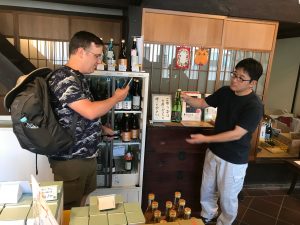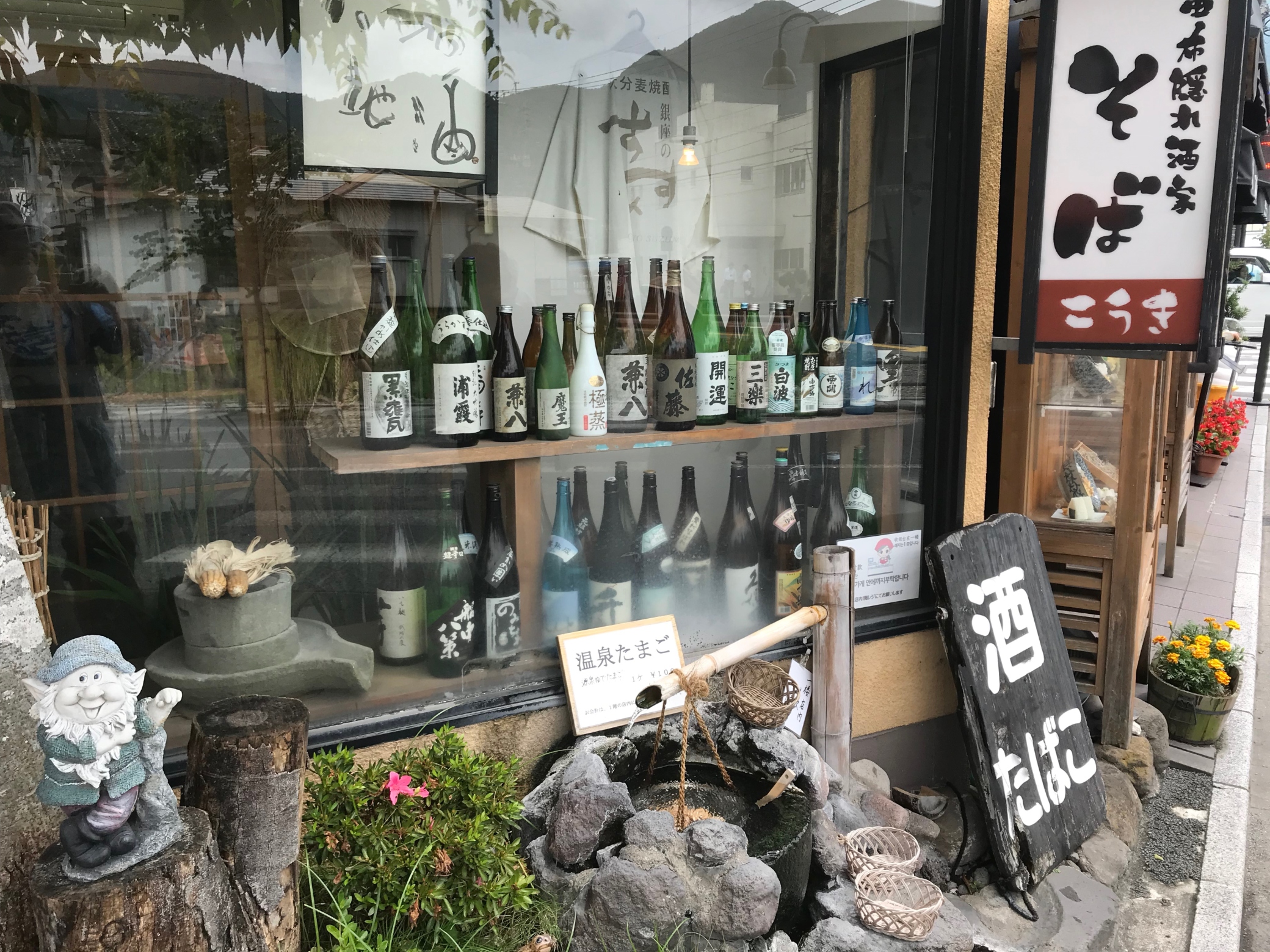Sep 27, 2019
Japanese Sake: Sake Festival in Hiroshima
To begin with, we all know the word sake (pronounced sa-keh not sa-ki). But in fact, that is the generic term in Japanese for alcohol. If you want to order it and not sound like a complete “blow-in” you would be better ordering it as Nihon-shu. Most Nihon-shu (from my experience, anyway) tends to be imbibed at room temperature. If you want to drink it cold you would order rei-shu, and if you want to drink it heated then you order atsu-kan.
Sake was brought into Japan from China sometime between 300 BCE – 250 CE along with wet rice cultivation, and from the 1300s on gradually emerged as Japan’s national alcoholic beverage. In the last two decades, domestic Nihon-shu consumption has declined for a number of reasons, but there are still over 1800 sake breweries in the country brewing as many as 10,000 different types of Nihon-shu., and global demand continues to increase.
While it’s often called “rice wine,” it’s not really wine at all. It’s made with four basic ingredients: water, rice, yeast, and a mould culture, so it’s more akin to beer – made with rice instead of hops, though stronger. It is brewed to around 20% alcohol content (genshu) and then diluted with water; typically bottled at around 15-16%, but sparkling nihon-shu id often around 5-8%.

Water is the major component and thereby plays a huge role in the taste. Whether it comes from mountain streams, melted snowfall, or underground springs, the source gives each sake a unique flavour. Naturally, rice is just as important. Sake rice is a specially grown strain of rice with a particularly starchy core, uniquely suited for sake production. The quality of the rice plays a big role in determining the quality of the sake, but so does how the rice is polished. That is, how much of the outer layer of the rice is removed. The more polished the rice, the more polished (and finer) the sake tastes.
The 5 Main Types of Sake
- 純米酒 Junmai-shu is pure rice sake. No distilled alcohol is added. It has a full body and acidity.
- 本醸造 Honjozo-shu is almost pure rice sake, which just a tad of distilled alcohol added. It has a lighter body, is drier, and is often served warm.
- 吟醸酒 Ginjo-shu is made from highly milled rice, with or without alcohol added. It has complex, delicate, floral, and fruity flavours.
- 大吟醸酒 Daiginjo-shu is made from even more highly milled rice, with or without added alcohol. It’s complex, full, and fragrant.
- 生酒 Nama-sake is unpasteurized sake. It has a fresh, lively flavour, and must be stored cold. It is sometimes but not always sparkling.
Now, armed with all this information, want to put it to good use? Why not visit the upcoming annual Saijo Sake Festival?
Saijo Sake Matsuri October 12 – October 13, 2019
For more information about the festival experience, there is a comprehensive description of the event from September 2017 on this site by the esteemed Matt Mangham.
But the essential need to know is:
Location: In the streets around JR Saijo Station, in Saijo, Higashihiroshima.
Time: Saturday, October 12 and Sunday, October 13. All-day.
Access: Public transportation is the best. Easiest access is by JR Sanyo Honsen line. Approximately 40 minutes from Hiroshima Station. Basic Fare: 580 yen.
Admission: Many events are free. Admission to the Sake Hiroba is 2100 yen if purchased on the day of attendance, or 1600 yen if purchased in advance. **Be aware it is a single entry admission. Advance tickets can be purchased until October 5 at Lawson Convenience Stores (L code: 62807) and 7-11.
Telephone: +81-(0)82-420-0330
Website: (Japanese) https://sakematsuri.com/
Finally, I’ll just mention here that if you’d like to take a private Sakagura (sake brewery district) Tour or any of a half dozen I do in the Chugoku region here. Click as I toast you: Kanpai!!


About the author